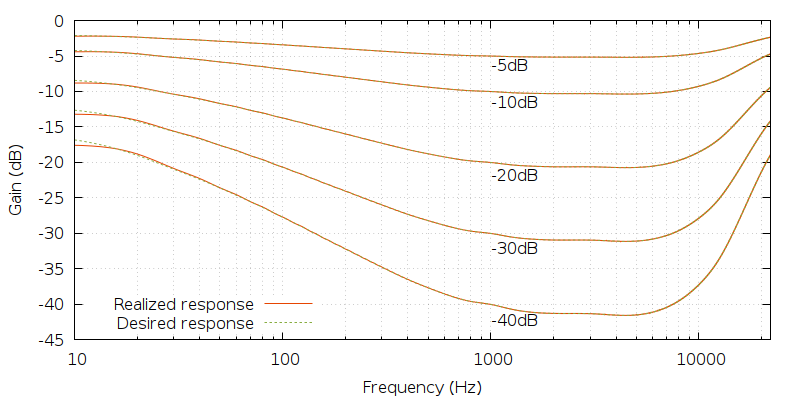I've always suspect that one reason most rock/pop recordings sound so bright (whether midrangy or tinny) is because the engineers mastering it do so at a zillion decibels and I'm playing it back at lower levels.
Yes, this happens more often than not for folks that don't get that our ears/brain frequency response changes with SPL. Anecdotally, when I was still recording and mixing sound, we had a well known Producer working with an up and coming band and I was the house engineer. When it came time to mix, this guy wanted to mix at "concert" level of 95 up to 103 dB SPL C weighting (that's really loud!). I left the room and put my ear plugs in (lol!). I kept mentioning that at that level, it is going to sound thin and weak at regular listening levels (i.e. 77 to 83 dB SPL). What he (and may others in the industry) did not understand that our ears have the flattest response (relatively speaking) around 83 dB SPL and as the level is turned up, so is our ears sensitivity to bass response. Conversely, below that "reference" level, our ears sensitivity goes down in level relative to other frequencies and hence the reason for consumer loudness controls.
So mixing at "convert level" sounded great as that is how the Producer thought it should sound and did sound like the band at a concert. But at that level, he turned down the bass considerably in the mix in order to have it sound balanced with the rest of the mix. Of course, that resulted with the band ending up with a thin sounding album. While I tried to explain to both the band and Producer that this was going to be the result, they thought I was crazy as they said listen for yourself, it sounds fantastic (at concert level with my ear plugs in lol!). To the band it sounded like their live concert and having seen the band live, I would agree. Now had it been mixed at "reference" level and then turned up to convert level, they would have been really blown away

There were a ton of this going on in the 70's and 80's where rock bands would "rock out" in the control room as if it were a live concert. Did not help that most studios had huge large format soffit mounted monitors with a ton o watts that could pound it out. Nowadays with more education in the field and folks like Bob Katz and others showing the way on
how to make better recordings in the 21st century this tends to be less of a problem today. And the move to small two-way "bridge" monitors also helped as they simply don't sound good at "concert" levels...



 YamahaCR-2020loudnesscurves
YamahaCR-2020loudnesscurves DSC_7247 (2)
DSC_7247 (2) P1020541
P1020541